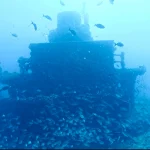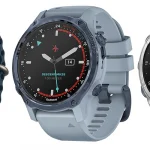Table of Contents
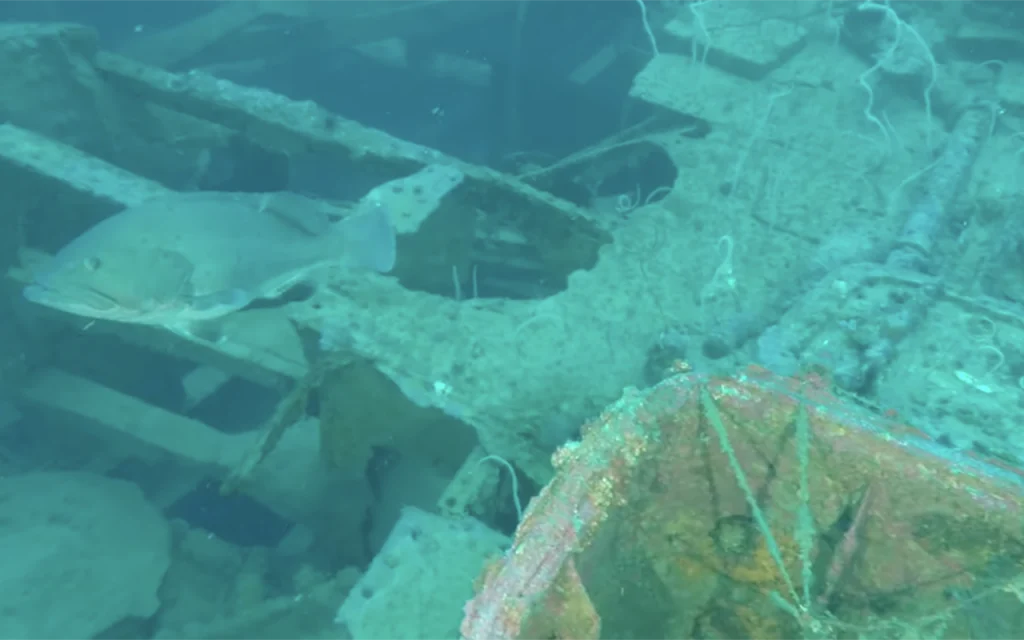
Compared to other Florida shipwrecks, the Cities Service Empire offers a unique combination of historical significance, technical diving challenge, and a tangible connection to World War II events off Florida’s coast.
Article at a Glance
- Location: The Empire Shipwreck is situated off the coast of Florida, making it a prime destination for scuba divers.
- History: The shipwreck dates back to the early 20th century, providing a fascinating glimpse into maritime history.
- Diving Experience: The site offers diverse marine life and underwater landscapes, appealing to both novice and experienced divers.
- Accessibility: The wreck is accessible via guided diving tours, ensuring safety and an enriching experience for participants.
- Marine Life: Divers can expect to encounter a variety of fish species, coral formations, and other marine organisms thriving around the wreck.
- Environmental Importance: The wreck serves as an artificial reef, contributing to the local ecosystem and promoting marine biodiversity.
- Photography Opportunities: The unique underwater scenery and vibrant marine life make the Empire Shipwreck a popular spot for underwater photography.
Shipwreck Location Coordinates and Depth
Depth
The wreck is located in deep water, with reports ranging from 240 feet to 340 feet deep.
Location Coordinates
The exact coordinates are 28°25’N, 80°02’W, placing it much closer to shore than initially reported.
What Do Scuba Divers Say About This Ship
- Deteriorating condition: Multiple divers have reported that the wreck is rapidly deteriorating. One diver noted that the ship is “definitely in her death throes” and described significant changes over time, including the collapse of structures like the stern deck gun.
- Depth: The wreck is located in deep water, with reports ranging from 240 feet to 340 feet deep. This depth makes it a challenging dive site accessible only to experienced technical divers.
- Historical significance: Some divers view the wreck as a war grave, given that it was sunk during World War II with loss of life. One diver argued that it “should be treated with respect” like other historical war sites.
- Controversy: There appears to be some debate among divers about how the wreck should be treated. While some advocate for preservation and respect, others have been interested in artifact collection. This has led to disagreements within the diving community.
- Rapid changes: Divers who have visited the site multiple times report significant changes in the wreck’s structure over relatively short periods. Parts of the ship that were intact in earlier dives were later found to have collapsed or disappeared.
- Limited future as a dive site: Given the rapid deterioration, some divers speculate that the wreck may not remain a viable dive site for much longer. One diver dismissed the idea of it becoming a major tourist attraction like “the Truk Lagoon of Florida”.
- Documentation efforts: Some divers, particularly those interested in maritime history, have been actively documenting the wreck’s condition and changes over time through dive reports and possibly video footage5.
What Kind of Marine Life Can Be Found on The Ship
- Fish Species: The wreck provides a habitat for several types of fish, including gag grouper and warsaw grouper. These species are often found around the structure of the wreck, which offers shelter and feeding opportunities.
- Ecological Oasis: Shipwrecks like the Cities Service Empire often become artificial reefs, attracting a diverse range of marine organisms. The structure of the wreck provides surfaces for corals and sponges to attach, which in turn attract smaller fish and invertebrates, creating a complex ecosystem.
- General Marine Life: While specific details on other marine species are not provided in the search results, it is common for wrecks at similar depths to host a variety of marine life, including schools of baitfish, larger predatory fish, and various invertebrates such as crabs and lobsters.
Key Information
| Key Information | Details |
|---|---|
| Ship Name | Cities Service Empire |
| Type | Tanker |
| Built | 1940 |
| Sunk | February 22, 1942 |
| Location | Gulf of Mexico, off the coast of Florida |
| Coordinates | Approximately 29° 15.007′ N, 84° 50.008′ W |
| Depth | 115 feet |
| Cause of Sinking | Torpedoed by German submarine U-128 during World War II |
| Diving Conditions | The wreck is suitable for advanced divers due to its depth and potential strong currents. Visibility can vary, and divers should be cautious of marine life. |
| Marine Life | The site hosts a variety of marine life, including barracuda, amberjack, and grouper. |
| Historical Significance | The shipwreck is a reminder of the maritime conflicts during World War II and serves as an underwater historical site. |
What Makes Cities Service Empire a Unique Diving Experience
- Historical significance: The wreck is a World War II casualty, sunk by a German U-boat in 1942. This gives divers a tangible connection to an important historical event.
- Depth and challenge: Located at approximately 240 feet deep, it’s a technical dive that requires advanced skills and equipment. This depth makes it accessible only to experienced divers, adding to its allure.
- Preservation state: Despite deterioration, the wreck remains relatively intact. Divers have reported seeing significant structures like the deck gun and engine room, as well as smaller artifacts like china dishes and brass portholes.
- Marine life habitat: The wreck has become an artificial reef, attracting various fish species including groupers, creating a diverse ecosystem for divers to observe.
- Rapid changes: The deteriorating condition of the wreck means that each dive can offer a different experience, as structures collapse and the ship’s appearance evolves over time.
- Limited accessibility: Due to its depth and the specialized skills required, relatively few divers have explored this wreck, making it a less crowded and more exclusive dive site.
- Ethical considerations: The wreck’s status as a war grave has sparked debates among divers about proper conduct and artifact collection, adding a layer of complexity to the diving experience.
- Photographic opportunities: The wreck’s upright position and various intact features provide unique subjects for underwater photography and videography1.
How Does The Cities Service Empire to Other Shipwrecks in Florida
- Historical significance: It’s part of the “Battle of the Atlantic” during World War II, sunk by a German U-boat in 1942. This places it in a significant historical context compared to many other Florida wrecks.
- Depth: Located at approximately 240 feet deep, it’s one of the deeper wrecks off Florida’s coast. This makes it more challenging to access than many shallower wrecks.
- Preservation state: Despite deterioration, the wreck remained relatively intact for many years, offering divers a more complete ship structure to explore compared to older or more heavily salvaged wrecks.
- War grave status: The wreck is considered a war grave, with 15 crew members losing their lives in the attack. This gives it a solemn significance that many other Florida wrecks don’t have.
- Rapid deterioration: Recent reports indicate that the wreck is deteriorating quickly, with major structural changes occurring over relatively short periods. This distinguishes it from more stable wrecks.
- Limited accessibility: Due to its depth, it’s only accessible to technical divers, unlike many popular shallow wrecks in Florida that recreational divers can explore.
- Artifact preservation: For many years, the depth protected the wreck from extensive looting, preserving artifacts in situ longer than many shallower, more accessible wrecks.
- Educational value: The wreck has been used to educate about World War II history and the importance of preserving maritime heritage.
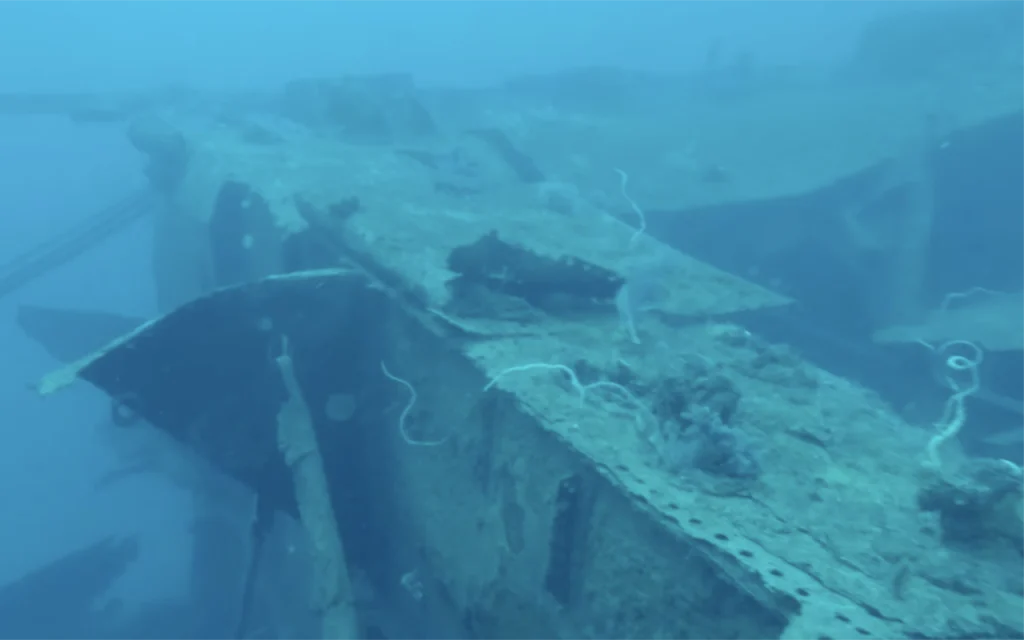
What is The Full History of This Ship
Construction and Early Years
The Cities Service Empire, originally named Ampetco, was a steam tanker built in 1918 by Bethlehem Shipbuilding Corporation in Sparrow’s Point, Maryland, for the U.S. Shipping Board. It was launched on May 18, 1918, and initially served the American Petroleum Company of Rotterdam, Netherlands. In 1919, it was sold to the Standard Oil Company of New Jersey and then sold back to the American Petroleum Company in 1923.
Renaming and Ownership
In 1928, the tanker was purchased by the Cities Service Oil Company of New York and renamed Cities Service Empire. It was flagged to New York and had a gross registered tonnage of 8,103 tons, measuring 464.7 feet in length and 60.2 feet in width.
Final Voyage and Sinking
On its final voyage, the Cities Service Empire departed from Port Arthur, Texas, carrying 9,400 barrels of crude oil destined for Philadelphia, Pennsylvania. The ship was under the command of Captain William Faucett Jerman, Jr., and had a complement of 50 people, including a Naval Armed Guard of nine.
On February 22, 1942, while en route, the unescorted tanker was attacked by the German submarine U-128, commanded by Ulrich Heyse.
The attack occurred at 11:51 hours German time (04:51, Florida time) approximately 25 miles north of Bethel Shoals, near Cape Canaveral, Florida. Two torpedoes struck the starboard quarter of the tanker, causing it to erupt in flames. The burning oil on the ship and in the sea forced Captain Jerman to order an abandonment of the ship ten minutes after the attack.
Rescue and Casualties
Despite the destruction of all lifeboats, 34 survivors managed to escape using two of the ship’s life rafts. The US Coast Guard cutter Vigilant and the US Navy destroyer USS Biddle participated in the rescue operations, recovering 34 survivors and seven corpses. In total, 14 men were killed, and 36 were rescued.
Wreck and Diving Site
The wreck of the Cities Service Empire lies in about 240 feet of water and sits “bolt upright.” The exact coordinates are 28°25’N, 80°02’W, placing it much closer to shore than initially reported. The wreck has not been dragged over and is remarkably intact, with divers discovering various artifacts such as a large ‘float-free’ raft, the barrel of the deck gun, a china dish, a telegraph stand, and brass portholes. However, the wreck is rapidly deteriorating, with significant structural changes observed over time.
Legacy and Memorial
The Cities Service Empire is considered a war grave, and there are efforts to preserve its memory. A memorial plaque was placed on the wreck to honor the brave sailors who died. Captain Jerman’s son, who became a naval commander, has been involved in preserving the ship’s legacy and ensuring it is treated with respect.
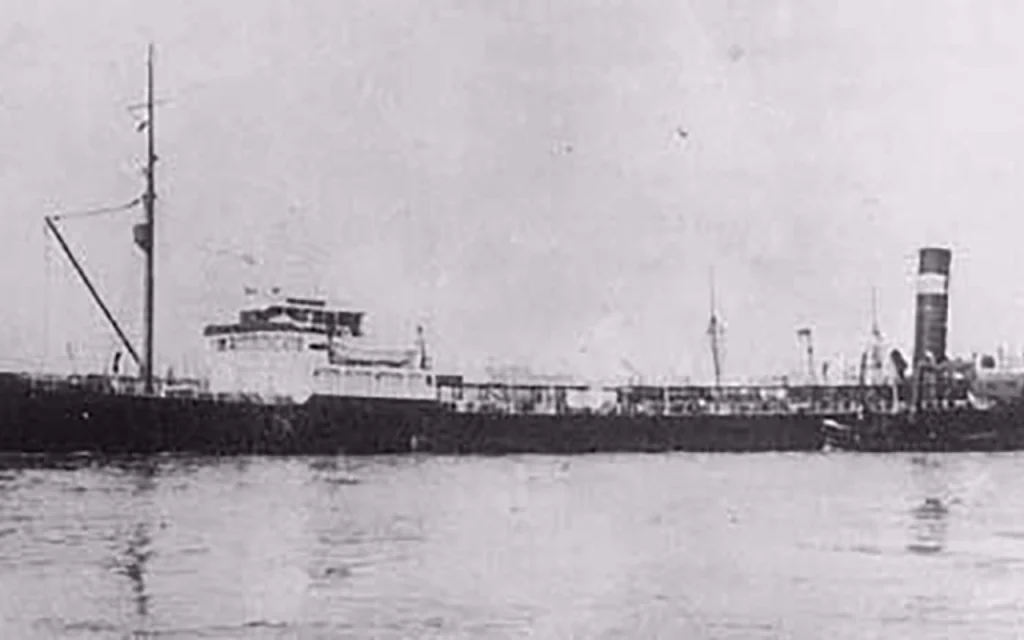
What Historical Features Can Still Be Identified on The Cities Service Empire Wreck
- Ship structure: The wreck sits “bolt upright” on the seafloor, allowing divers to observe the overall shape and structure of the tanker.
- Engine room: The engine is exposed due to fallen skylights, providing a view of the ship’s propulsion system.
- Deck gun: The barrel of the deck gun has been observed, though recent reports indicate it has collapsed off the deck onto the sand.
- Steering equipment: Divers have found the brass hubs of the auxiliary steering station and a telegraph stand.
- Artifacts: Various small artifacts have been discovered, including:
- A china dish
- Brass portholes
- A ship’s compass
- Hull features: Divers can observe the skeletal structure of the ship, especially in the back half where hull plates have deteriorated.
- Propeller and rudder: These were visible, though a recent report mentions that the rudder and one blade of the screw have been damaged by the collapsing deck gun.
- Memorial plaque: A plaque was placed on the wreck to document and honor the sailors who died in the attack.
- Life-saving equipment: The remains of a large ‘float-free’ raft have been found in the sand near the stern.
What Safety Measures Are in Place for Divers Visiting the Cities Service Empire
- echnical Diving Training: Given the wreck’s depth of approximately 240 feet, divers must have advanced technical diving training. This training includes knowledge of deep diving techniques, decompression procedures, and the use of specialized equipment.
- Dive Planning: Divers are encouraged to conduct thorough dive planning, including assessing weather conditions, currents, and potential hazards associated with deep wreck diving.
- Buddy System: Divers should always dive with a buddy for safety. This is crucial in case of emergencies, especially at deeper depths where assistance may be needed.
- Equipment Checks: Proper equipment checks are essential before diving. This includes ensuring that tanks are filled, regulators are functioning, and all safety gear is in place.
- Pony Bottles: Some divers have mentioned carrying pony bottles (small backup tanks) for additional air supply, which enhances safety in case of equipment failure while deep diving.
- Respect for the Site: As the Cities Service Empire is considered a war grave, divers are encouraged to treat the site with respect. This includes not disturbing artifacts or the wreck itself, which also helps preserve the site for future divers.
- Emergency Procedures: Divers should be familiar with emergency procedures, including how to handle potential issues such as equipment failure or decompression sickness.
- Guided Dives: Many divers may choose to dive with experienced guides or dive operators familiar with the wreck, ensuring that they follow safety protocols and have knowledge of the site.
Dive Shops That Prove Diving Trips to This Shipwreck
Some dive shops around Cape Canaveral and Cocoa Beach that may offer diving trips:
- Space Coast Dive Center: Located in Palm Bay, Florida, this dive shop offers local and international diving opportunities and has been serving the community since 1988.
- American Divers International: This shop offers a variety of courses and local dive trips. It is listed as one of the top dive shops near Cocoa Beach and Cape Canaveral.
- Sea Level Scuba: Another dive shop in the area, known for providing diving services and training.

